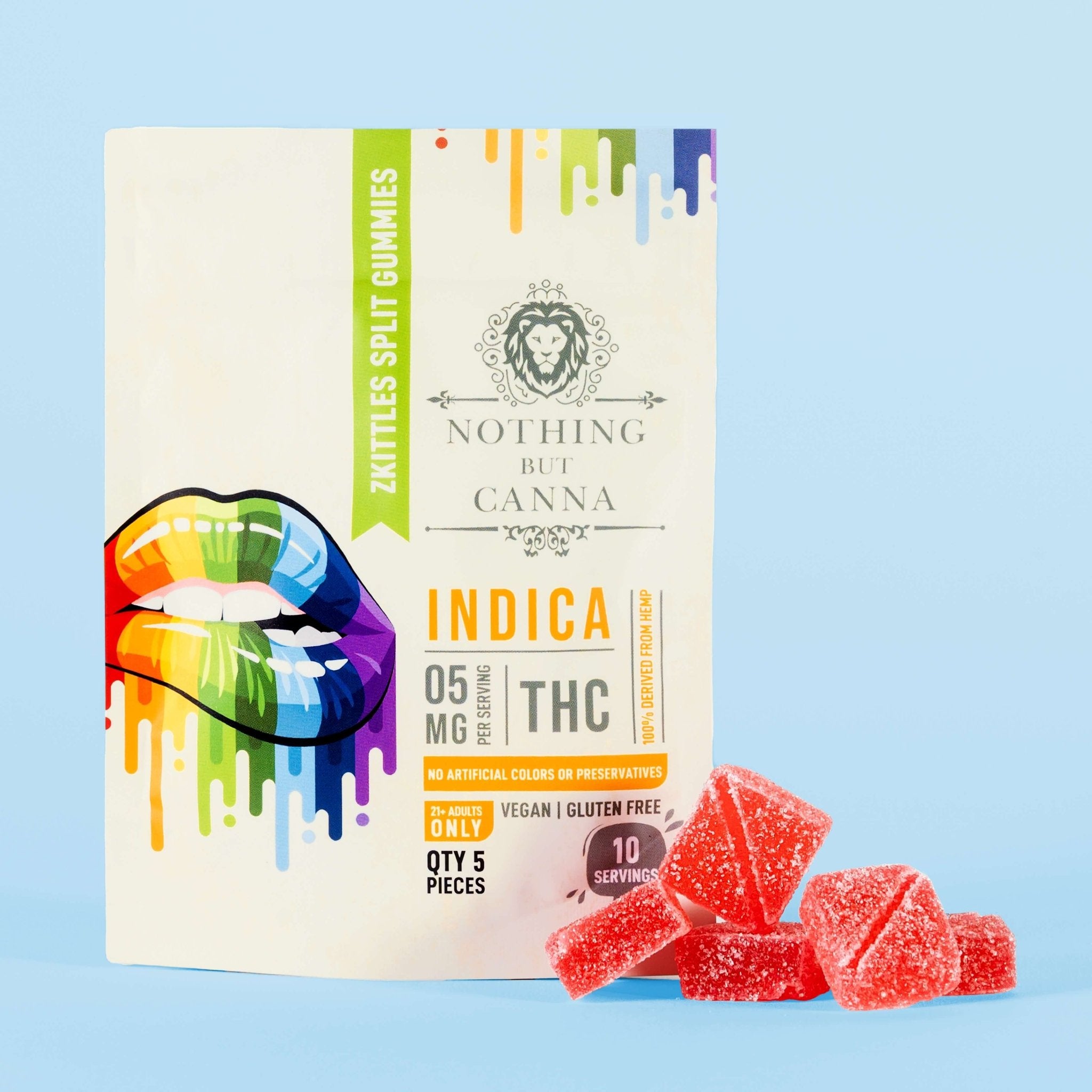The research paper delves into an exploration of the ‘collaborative interactions’ of various chemical compounds in cannabis and how they may produce more focused therapeutic uses of the medicinal plant.

Cannabis is not a drug. It is not a narcotic. It is not manufactured in a pharmaceutical laboratory. Cannabis is an ancient plant that civilizations dating back to the ancient Egyptians and Chinese empires have used for a wide array of applications, including, and perhaps most importantly, as a healing agent.
Up until the mid-20th century, most Americans, outside of indigenous populations, had no idea what cannabis was. However, they were familiar with its sibling plant, hemp. For centuries, societies across the globe used hemp for food, money, paper, rope, naval supplies, and many other practical and vital uses.
Only in the late 19th and early 20th century did the plant begin to be used recreationally, primarily by poor and ostracized communities of color.
During the years of alcohol prohibition, cannabis became wildly popular, particularly among members of the new and exciting jazz scene in places like New Orleans. However, once prohibition ended, Big Alcohol and its propaganda mouthpiece furnished by media mogul William Randolph Hearst (“Citizen Kane”) began a smear campaign against the plant, resulting in the passage of the Marijuana Tax Act, which effectively characterized cannabis as a dangerous drug.
It wasn’t until the late 1990s that the much-maligned plant began its slow and spectacular journey from a highly illegal narcotic to a plant that is now legal to sell recreationally to adults over 21 in 24 states. However, the true power of marijuana is not its ability to get users high but instead its magical and still somewhat mysterious healing powers.
Most people who smoke or ingest cannabis do so out of necessity more than as a physical diversion. From military veterans suffering from PTSD to mental health patients battling depression, anxiety, and insomnia, marijuana has been a godsend when cold and clinical pharmaceuticals failed to alleviate their pain and suffering.
Now, according to multiple media outlets, a new research study is shedding light on how the plant’s chemical makeup helps provide that relief to the millions of individuals using cannabis daily as medicine. The scientific literature review published in the journal “Molecules” examines the various chemical compounds comprising the marijuana plant and how their interactions create medical benefits for so many people.
Specifically, the study explores the relationship between cannabinoids, terpenes, and flavonoids, arguing that gaining a more thorough understanding of the combined effects of those components “is crucial for unraveling cannabis’ complete therapeutic potential.”
Most casual observers and users of cannabis tend to focus on the more popular compounds of THC and CBD when describing their experience with the plant. However, cannabis advocates, experts, and stakeholders have extolled the more complex and nuanced aspects of marijuana, like cannabinoids, terpenes, and flavonoids, for years.
The authors of this new research survey hope to shine a light on the more complicated interactions between these compounds and other molecules in the plant—a concept known as the “entourage effect.”
“In cannabis science, cannabinoids, terpenes, and flavonoids have often been overlooked, with much of the literature focusing predominantly on the major cannabinoids THC and CBD,” said the seven-author research team behind the new study. “However, emerging evidence suggests that these constituents, particularly cannabinoids and terpenes, play a substantial role in interacting and collaborating. This interplay gives rise to the diverse effects, benefits, and side effects observed among different cannabis strains, which can vary in the ratios of these components.”
"In cannabis science, cannabinoids, terpenes, and flavonoids have often been overlooked, with much of the literature focusing predominantly on the major cannabinoids THC and CBD."
- Research Study on the Interactions of Cannabinoids, Terpenes, and Flavonoids
They hope that by developing a better understanding of the distinct ratios of cannabinoids, terpenes, and flavonoids in specific cannabis strains or products, researchers and product manufacturers “can pave the way for developing more personalized and productive medicinal interventions.”
For example, while cannabinoids and terpenes both engage the endocannabinoid system to provide various healing effects on the human body, including anti-inflammatory, analgesic, and neuroprotective actions, research reveals those outcomes are not exclusively attributable to their individual interactions but are modulated and impacted by additional compounds in the plant.
“The concept of the entourage effect suggests that the combined action of cannabinoids and terpenes may result in a synergistic or additive therapeutic effect greater than the sum of their individual effects,” it continues.
"The concept of the entourage effect suggests that the combined action of cannabinoids and terpenes may result in a synergistic or additive therapeutic effect greater than the sum of their individual effects."
- Research Study on the Interactions of Cannabinoids, Terpenes, and Flavonoids
Because of the federal designation of cannabis as a Schedule I narcotic on the Controlled Substances Act (CSA), there is not as much research material available for flavonoids. However, the authors of the research survey point out that, of those limited studies on the little-known compound, several do illuminate their anti-inflammatory, antioxidant, and neuroprotective properties, in particular, cannflavins, which “have shown potent anti-inflammatory effects, particularly in neuroinflammation.”
Overall, the study paints a much clearer picture of the complicated web of chemical interactions among various cannabis compounds that produce healing effects in a person. However, the authors conclude the study by emphasizing the need for more research into the numerous interactions to reveal “the synergistic effects and underlying mechanisms of cannabinoids, terpenes, and flavonoids.”








































